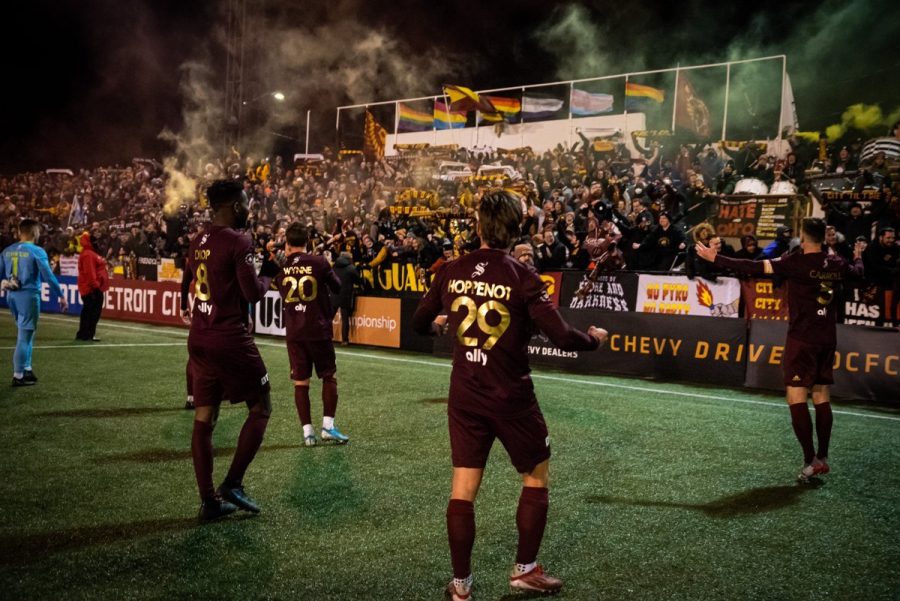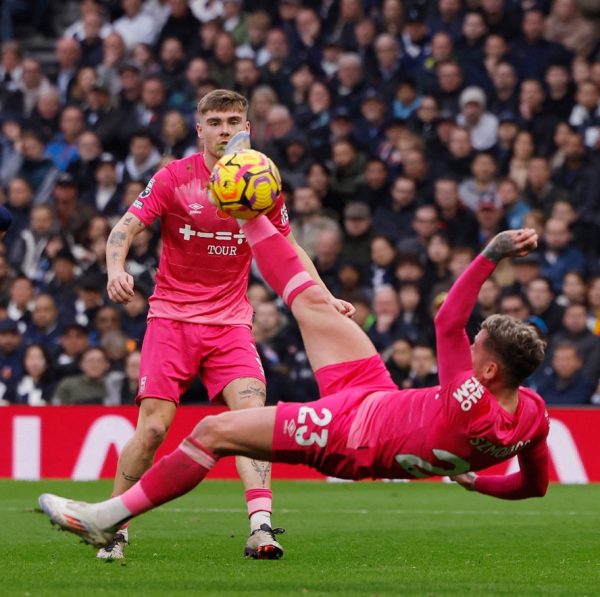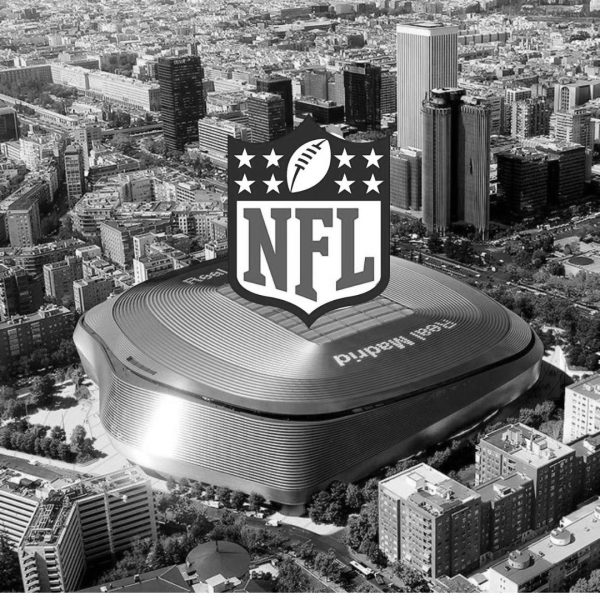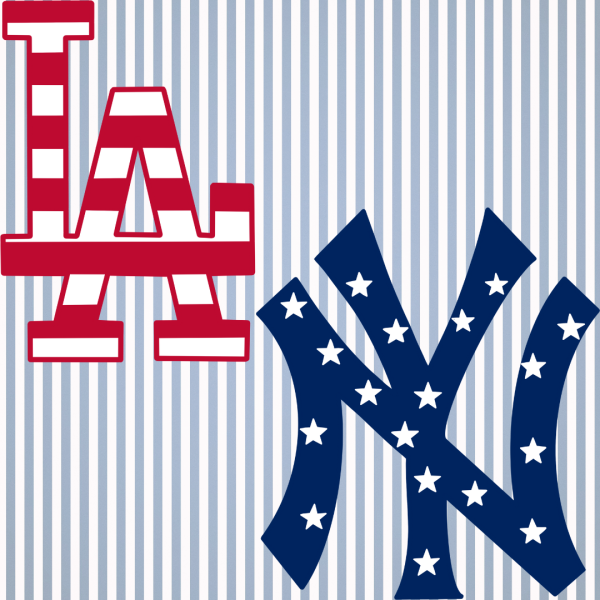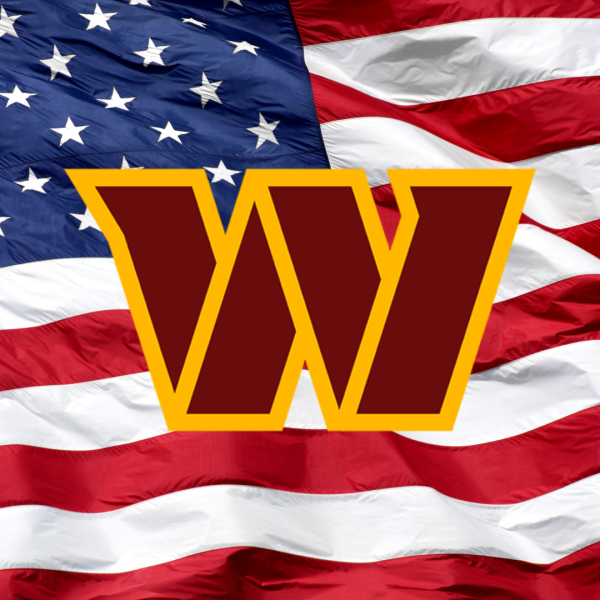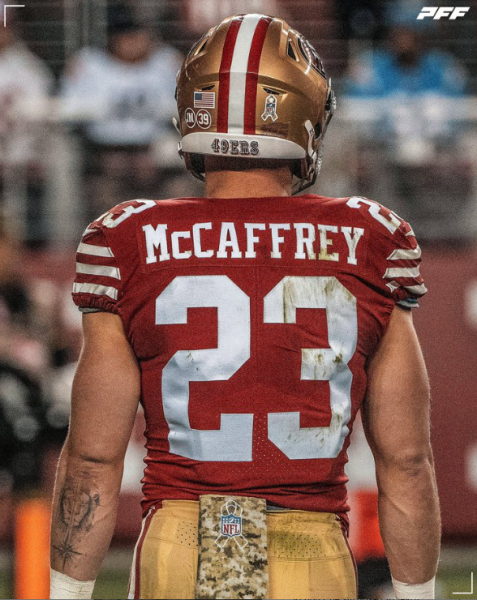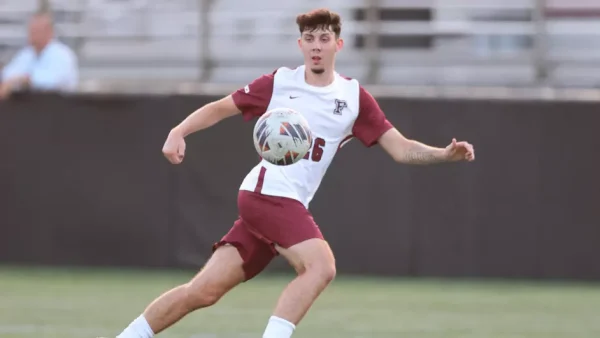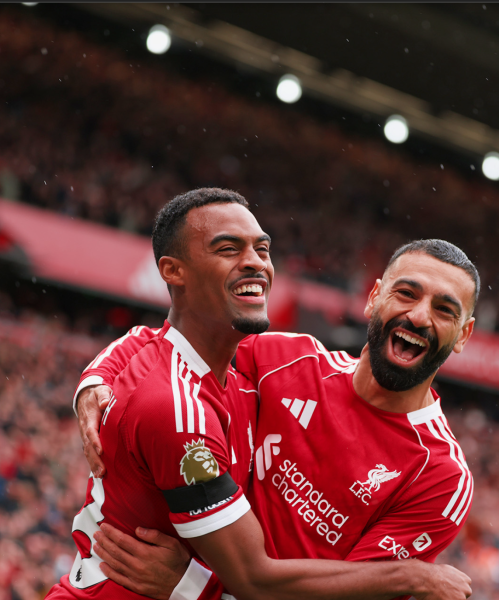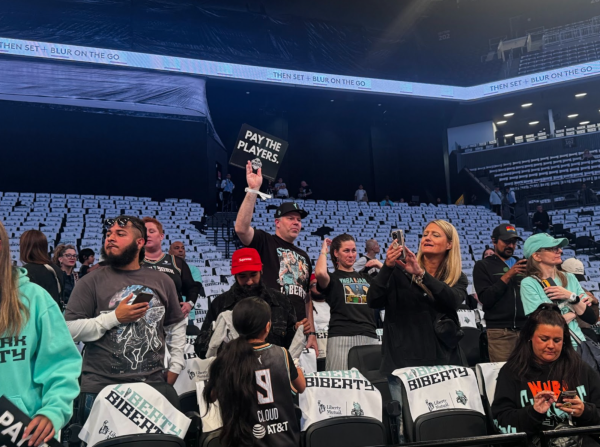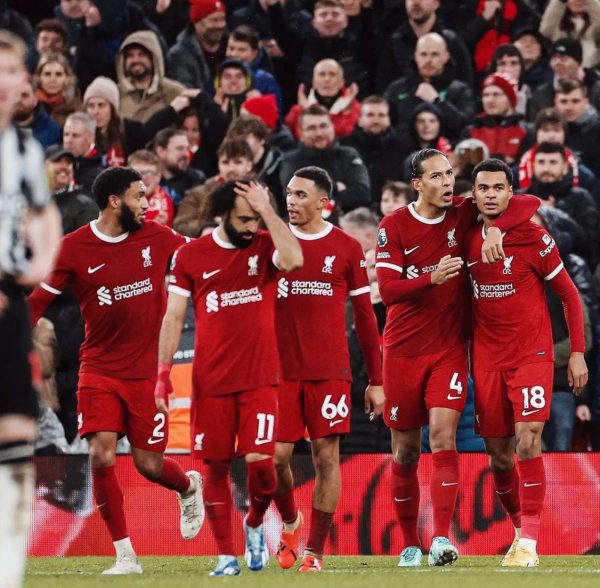U.S. Soccer’s Historic Open Cup Returns After Two Years
Second to only Major League Baseball in its continued longevity as a professional sporting competition in the United States, the Lamar Hunt U.S. Open Cup is America’s premier soccer knockout tournament. Starting in 1913-14 as the National Challenge Cup, the competition predates the NHL, NFL and NBA. Prior to the pandemic, the Open Cup was the second longest running domestic soccer competition in the world behind only the Irish Cup.
After cancellations of both the 2020 and 2021 editions due to COVID-19, the Open Cup is finally back. The 107th edition for 2022 includes 103 qualified professional, semi-professional and amateur teams from 35 states and the District of Columbia. In order to qualify for the Open Cup, amateur and semi-professional sides have to win their local leagues and cups to earn one of the 32 slots designated to teams from non-professional clubs. In the U.S. soccer leagues pyramid, third division and above is considered professional. For the 2022 edition, 46 slots are allocated to third and second division teams, with affiliates to first division Major League Soccer clubs (such as New York Red Bulls II) being ineligible. All 25 American MLS teams are guaranteed entry into at least the third round, with the four highest regular season finishers in both the Eastern and Western conferences from the 2021 season advancing directly to the round of 32 (fourth round).
Historically, the tournament was a way for amateur players to showcase their talents on the national stage, with now defunct clubs such as Maccabee Los Angeles and Bethlehem Steel holding five championships each. Nowadays, since the formation of MLS in 1996, clubs from the country’s premier soccer league have dominated the competition, winning all but one of the editions since, with the exception of the second division Rochester Raging Rhinos, now Rochester New York FC (RNYFC), who won it in 1999. The incentives are also larger now as the winner of the Open Cup earns one of four American qualification slots into the Confederation of North, Central America and Caribbean Association Football (CONCACAF) Champions League, the greatest club competition in North America.
In order to accommodate some of the smaller teams in the competition, matches are scheduled regionally to minimize travel costs. This is often met with scrutiny from fans as it limits potential opponents to those that are nearby, often resulting in lower division sides being drawn with each other without the chance to play against an MLS side. However, the regional format allows for more local rivals to be drawn against one another, with this year’s third round draw resulting in an all Miami matchup between David Beckham’s Inter Miami of MLS getting the better of crosstown foe Miami FC of the second division United Soccer League Championship’s (USLC) 1-0 in the two clubs’ first ever meeting. We were also treated to Landon Donovan’s return to Dignity Health Sports Park, home of his former club, the Los Angeles Galaxy, this time as owner and manager of USLC club San Diego Loyal, who played a strong game but fell to LA 1-0.
This past week, the third round of the tournament elapsed as 48 teams were in action across four divisions in every corner of the country. With that came some eye-catching results. Some local teams, big and small, were on display as the New York Red Bulls took care of USLC club Hartford Athletic 2-1. FC Motown, a semi-professional fourth division side from Morristown, New Jersey, battled all the way to penalties with RNYFC before falling to the MLS Next Pro (MLSNP) side. Admittedly, there were some lopsided results headlined by 2019’s reigning champions Atlanta United destroying Chattanooga FC of the third division National Independent Soccer Association (NISA) by a score of 6-0. There were also eye-catching upsets to note, with five third division sides (four from USL League One and one from the NISA) reaching the round of 32 for the first time ever. Namely, Northern Colorado Hailstorm FC beat Real Salt Lake 1-0 in Utah and Union Omaha heroically defeated the Chicago Fire at Soldier Field on penalties, thanks in large part to former Fordham goalkeeper Rashid Nuhu.
Six second division sides (five from USLC and one from MLSNP) reached the round of 32, two of which came at the expense of MLS teams, with Detroit City FC defeating Columbus Crew SC in front of a sold out crowd in Michigan and San Antonio FC beating Austin FC in an all-Texas tilt. Relatively unknown Detroit midfielder Maxi Rodriguez can now be hailed as a Detroit sports hero, having scored two goals in what will go down as the biggest victory in club history. This sort of excitement around soccer in the United States is only found in the Open Cup.
With the fourth round matchups already drawn, there is still so much more to be excited about as the Red Bulls are slated to take on their oldest rival DC United and RNYFC face their toughest test yet in NYCFC. Multiple USLC sides are set to take each other on, guaranteeing at least two second division teams’ entry to the final sixteen. With Northern Colorado Hailstorm FC facing Union Omaha, at least one third division team will also reach the round of sixteen for the first time. The round of 32 is set to commence on May 10 and 11.
In a country where funding for lower division soccer is scarce, the Open Cup presents a great opportunity for fans from every part of the country to watch their local teams play at the highest level possible. Even though late round upsets don’t always come around that often, the prospect of a semi-professional team or small professional side playing in front of a national audience against serious competition is too good to pass up. Stories like FC Cincinnati’s run to the semifinal in 2017 (then a USL team) and USLC’s Charleston Battery reaching the final in 2008 make the rare Cinderella story that much sweeter, especially since it comes in one of the most historic sporting competitions in America.



































































































































































































